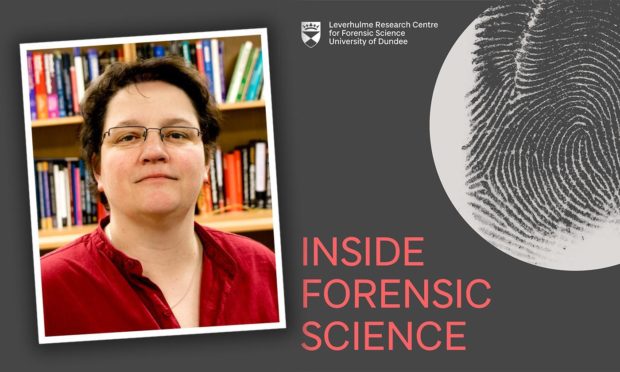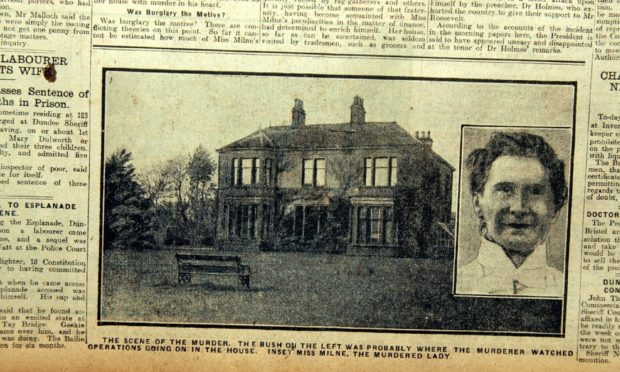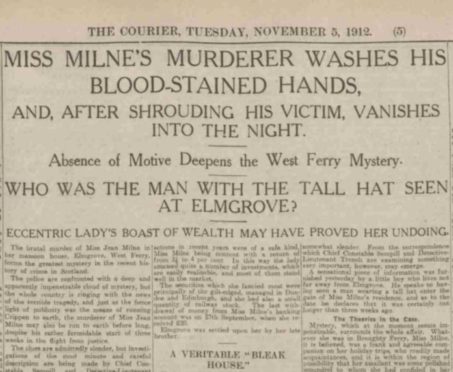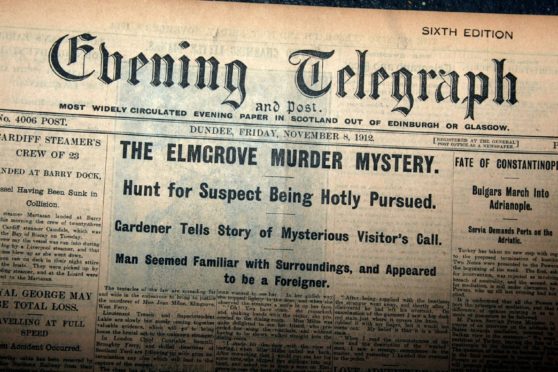The murder of a woman in Broughty Ferry more than 100 years ago is being re-examined by forensic experts at the University of Dundee.
The killing of 69-year-old Jean Milne remains Dundee’s oldest unsolved murder case.
Now, experts have investigated the forensic evidence to judge whether anything could have been done differently using today’s technology.
Jean was found dead and tied up at the bottom of her stairs in November 1912. She had been dead for some time.
She was found fully dressed and seemed to have been bludgeoned to death by a poker.
There was no sign of forced entry and the windows appeared to have been closed for years, leading investigators to believe she knew her attacker.
A new podcast, Inside Forensic Science, commissioned by the Leverhulme Research Centre for Forensic Science (LRCFS) at University of Dundee will investigate the crime.

The aim is not to reopen the Broughty Ferry case, but to demonstrate the importance of forensic science to the justice system.
Professor Niamh Nic Daeid, director of LRCFS, said: “We are delighted to work with all of the experts who have contributed their knowledge and expertise to reviewing the tragic case of Jean Milne.
“In exploring how science is used in investigations, we can really see some of the advances that have been made but also how some areas of practice have stayed the same even after 100 years.”
Unsolved murder
The wealthy, unmarried woman lived in a 23-bedroom house alongside her tobacco manufacturer brother, who bought the Elmgrove home in 1895.
When he died in 1903, Jean was given the life rent of the stately home.
She lived off an annual income of £1,000, worth more than £110,000 nowadays, from the rents of various properties once owned by her brother James Milne.
Jean was known for enjoying luxurious holidays abroad, however a postman noted her mail had built up towards the end of October 1912.
As she usually arranged to have her mail forwarded, he called the police to check on her.
They found her bloodied at the bottom of the stairs, with at least 20 holes in her clothing and puncture wounds.
Her false teeth were found shattered on the stairs and blood stained the walls.
Burglary was ruled out as motive after Jean was found with all of her expensive jewellery.
The murder shocked the nation and hit headlines around Scotland.












